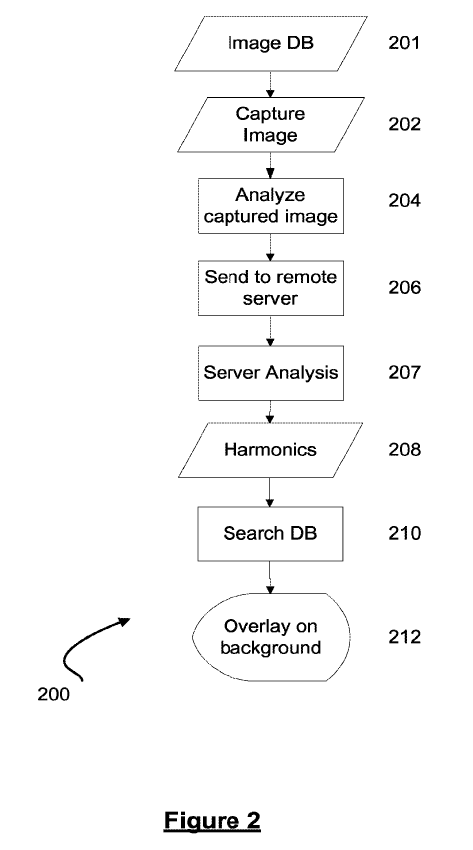This is our second thread of articles in our Augmented Reality/Virtual Reality Litigation Update series. In this series, we shine the spotlight on legal proceedings involving AR/VR technology. As we follow the proceedings in a continuously updated thread of articles, we discuss the AR/VR technologies involved, the intellectual properties at issue, and the litigation strategies and tactical maneuvers of the parties in litigation.
Syte-Visual's Complaints
In this installment, we highlight a recent case filed in the Northern District of Georgia. On February 27, 2020, Syte-Visual Conception Ltd. sued Home Depot U.S.A., Inc. and Slyce Acquisition Inc., alleging that they infringe U.S. Patent Nos. 9,710,928 (the '928 patent) and 10,127,688 (the '688 patent). The case is captioned Syte-Visual Conception Ltd. v. Home Depot U.S.A., Inc., 1-20-cv-00909-LMM (N.D. Ga. 2020).
On January 16, 2020, Syte-Visual acquired ownership of the '928 and the '688 patents by assignment from the original inventors. The complaint alleges that Home Depot and Slyce Acquisition are responsible for direct or indirect infringement of the patents at issue through Home Depot's mobile application and its visual search/overly feature. The complaint further alleges that Home Depot distributes and makes available to the public its mobile application to customers for their own use. This distribution is the basis for Syte-Visual's indirect infringement claims, specifically induced and contributory infringement. Syte-Visual alleges that Slyce "sells or otherwise provides" the infringing technology to Home Depot for use in the mobile application, and thus, Slyce also infringes the patents. Syte-Visual's complaint concludes by asking the Court to find infringement and award preliminary and permanent injunctions, money damages, and reasonable attorney's fees.
The '928 and '688 Patents
The '928 and '688 patents are both titled "System and Process for Automatically Finding Objects of a Specific Color." They claim systems, apparatuses, and methods for capturing, transmitting, and outputting data in a way that "improves the functioning of the mobile phone." One application of the patented technology is to utilize it in an augmented reality application. When applied in this manner, the patented technology is directed to taking an image with a cell phone camera, conducting a color analysis to identify the main color of the image, searching a database for complementary colors, and returning real time feedback of stored images to overlay on top of the initial image. This method is portrayed in Figure 2 of each of the patents.

The patents at issue identify their improvement over the prior art by stating that nothing in the prior art covers the disclosure of color analysis such that the user can select the hues and colors that the system will suggest. These colors are often complementary or analogous to the main color from the captured image.
The Accused AR/VR Products
As mentioned above, the complaint accuses Home Depot and Slyce Acquisition of direct and indirect infringement of the patents for their role in using and providing the Home Depot mobile application to customers. The complaint alleges that the Home Depot mobile application allows users to take an image of, for example, a couch with a pillow on it. The application will then analyze the colors in the image and suggest products that would "match" the couch and pillow in the image. The user then selects one of the suggested products, and it can be overlaid onto the image so that the user can test how the product looks. To support its claims, Syte-Visual includes screenshots of the application interface in the complaint. It also includes screenshots from Slyce's website acknowledging that it operates the visual search function of the Home Depot application.
Next Steps
If this case doesn't settle, we may see the defendants answer the complaints, or perhaps move to dismiss the complaints as deficient in some respect. Other actions they may take include filing petitions for inter partes review challenging the patentability of the '928 and '688 patents. We will keep you posted of future developments in these AR/VR litigations.
The content of this article is intended to provide a general guide to the subject matter. Specialist advice should be sought about your specific circumstances.


